Not too long ago Palm Springs was commonly referred to as Heaven’s Doorstep or God’s Waiting Room. Seniors from all over the country ascended in droves to bask in the sun, play tennis and golf and toast cocktails with friends for their “final act.” Retirement in the palm-laden paradise offered idyllic living that was soon the envy of lifestyle seekers of all ages. Now hipsters, young and old, take pride in calling our modern desert oasis home.
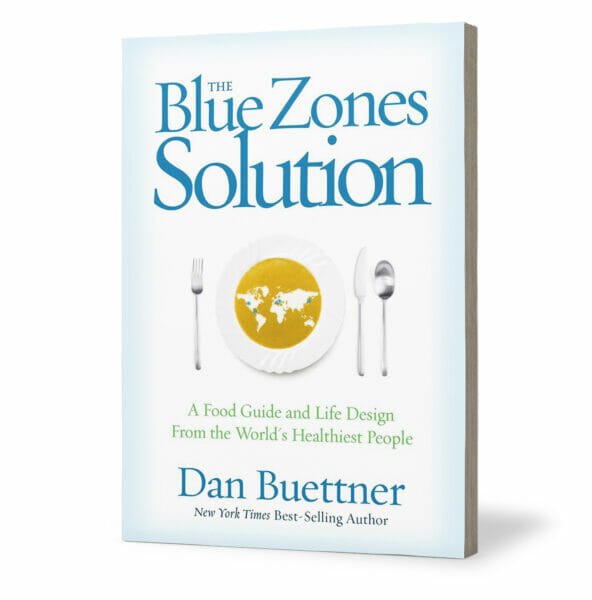
Today, there are multiple efforts to take it up a notch and make our valley a “longevity hotspot,” where the healthy choice is the easy choice and people live better and longer.
Both the City of Palm Springs and Riverside University Health System – Public Health (with a focus on six communities across the county including Coachella) have begun Blue Zones Activate to assess the readiness and feasibility of making these communities healthier places to live, work, grow up and grow old.
Blue Zones is an initiative that employs evidence-based methods to help people live better and longer. The principles are based on the work of Dan Buettner, a National Geographic Explorer and Fellow, who set out to discover the places in the world where people lived the longest and the healthiest and how they got there. He narrowed it down to five: Okinawa, Japan; Sardinia, Italy; Nicoya, Costa Rica; Ikaria, Greece, and Loma Linda, California (accredited largely to their concentration of Seventh Day Adventists). Buettner documented his findings in the New York Times bestseller, The Blue Zones: Lessons for Living Longer From the People Who’ve Lived the Longest.
Buettner and his team of researchers surmised that the common longevity was due to nine shared lifestyle habits which they dubbed the Power 9: Move Naturally, Purpose, Downshift, 80% Rule, Plant Slant, Wine at Five, Positive Pack, Loved Ones First and Belong. The most important discovery was that people in the Blue Zones were not trying to do these things; their surroundings and cultures nudged them into these healthy behaviors as they moved throughout their days.
Based on this research, Blue Zones makes healthy choices easy through permanent and semi-permanent changes to human made surroundings, policies, systems, and social networks. Instead of a focus just on individual behavior change (diet and exercise), it improves the places and spaces people spend the most time so healthy choices are easier.
Partnerships with more than 75 U.S. communities over the past 20+ years have dramatically improved overall population health and well-being with double-digit drops in obesity and smoking rates, economic investment in downtown corridors, grant funding awards to support policies and programs to improve health equity, and measurable savings in health care costs along with many individual lives changed.
There are three stages towards becoming a Blue Zones community:
- Activate Readiness Assessment (4-9 months), currently nearing completion in both the City of Palm Springs and Riverside County;
- Foundation (9-11 months) in which the Blue Zones team creates a foundation and works with local organizations and individuals to develop a blueprint to ignite transformation; and
- Transformation (3-7+ years), the full community-wide movement to change surroundings, systems, policy, accessibility and behaviors.
“We don’t go into communities and say, ‘here’s what you do,’ but rather take the time to understand the strengths and challenges when it comes to well-being,” says Blue Zones’ Vice President of Community Engagement Nick Buettner. “Then we explore what we can do to support the solution using evidence-based strategies, expert recommendations and proven successes.” It is a true partnership, he adds, emphasizing that leadership, worksites, non-profits and organizations need to come together to ensure success.
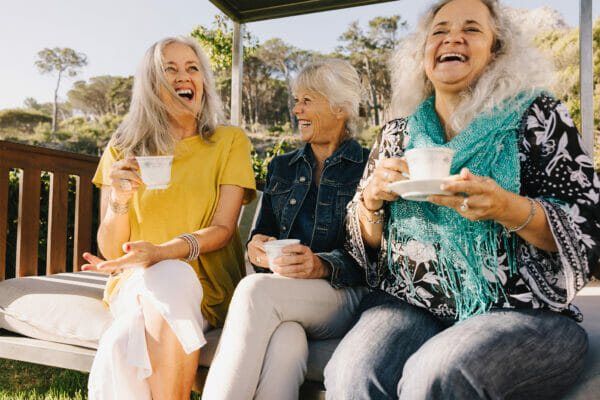
Many who worked with the Clinton Health Matters Initiative (CHMI) from 2013-2018 may recognize words like blueprint, stakeholders and policy changes and wonder if this is a reincarnation. According to Tricia Gehrlein, former regional director of the CHMI who now works with the Blue Zones team as a community improvement expert, the differences are significant.
“With the CHMI, we wanted the community to identify and lead the work. Blue Zones conducts assessments and offers specific recommendations based on expert advice and proven successes,” she says adding that they also have many more boots on the ground. “Whereas I was the one representative in the market for the CHMI, Blue Zones hires and trains a local team who deploys the work on the ground, organizes volunteer groups, and oversees the blueprint implementation plans.”
Blue Zones also works at street level encouraging grocery stores to alter design and layout that make healthier choices easier, like changing items in the checkout lines and showcasing nutritious offerings. They encourage restaurants – who can become Blue Zones Approved – to add and highlight healthier menu items and worksites to create beneficial programs for employees. Restaurants and grocery stores in other communities have seen improvements in their sales and customer base.
“To me the biggest difference is Blue Zones’ focus on individuals and a sense of purpose,” states Gehrlein. “They offer resources and workshops to help individuals identify and find new purpose, and while they don’t endorse any specific religion, faith and having a sense of community or “tribe” with shared beliefs is part of their Power 9.”
The concept of a like-minded tribe comes from Okinawa, Japan, where upon birth people are assigned social support networks called moais in which they remain throughout their life. These friends come together weekly or a few times a week to gossip, gather and share life experiences, advice and even financial assistance when needed.
In late May, both the City of Palm Springs and the six other Riverside County communities will receive their Blue Zones Readout and Proposal, the culmination of months of research, analysis, community engagement, one-on-one interviews and discussions with community leaders and partners that outlines the direction for future stages of the Blue Zones work. Each will have a 60-day period to review and determine if they have the capability, resources, funding and support to move forward.
Discussions on our region becoming a Blue Zones community have been underway for years, and it is wonderful to learn of this progress. While funding for the entire Coachella Valley would be ideal, starting with opposite ends of the valley increases the opportunity for our entire community to adopt policy, programs, attitudes and habits for healthier, happier – and longer – living.
Lauren Del Sarto is the founder and publisher of Desert Health and can be reached at Lauren@DesertHealthNews.com. For more information visit www.bluezones.com.
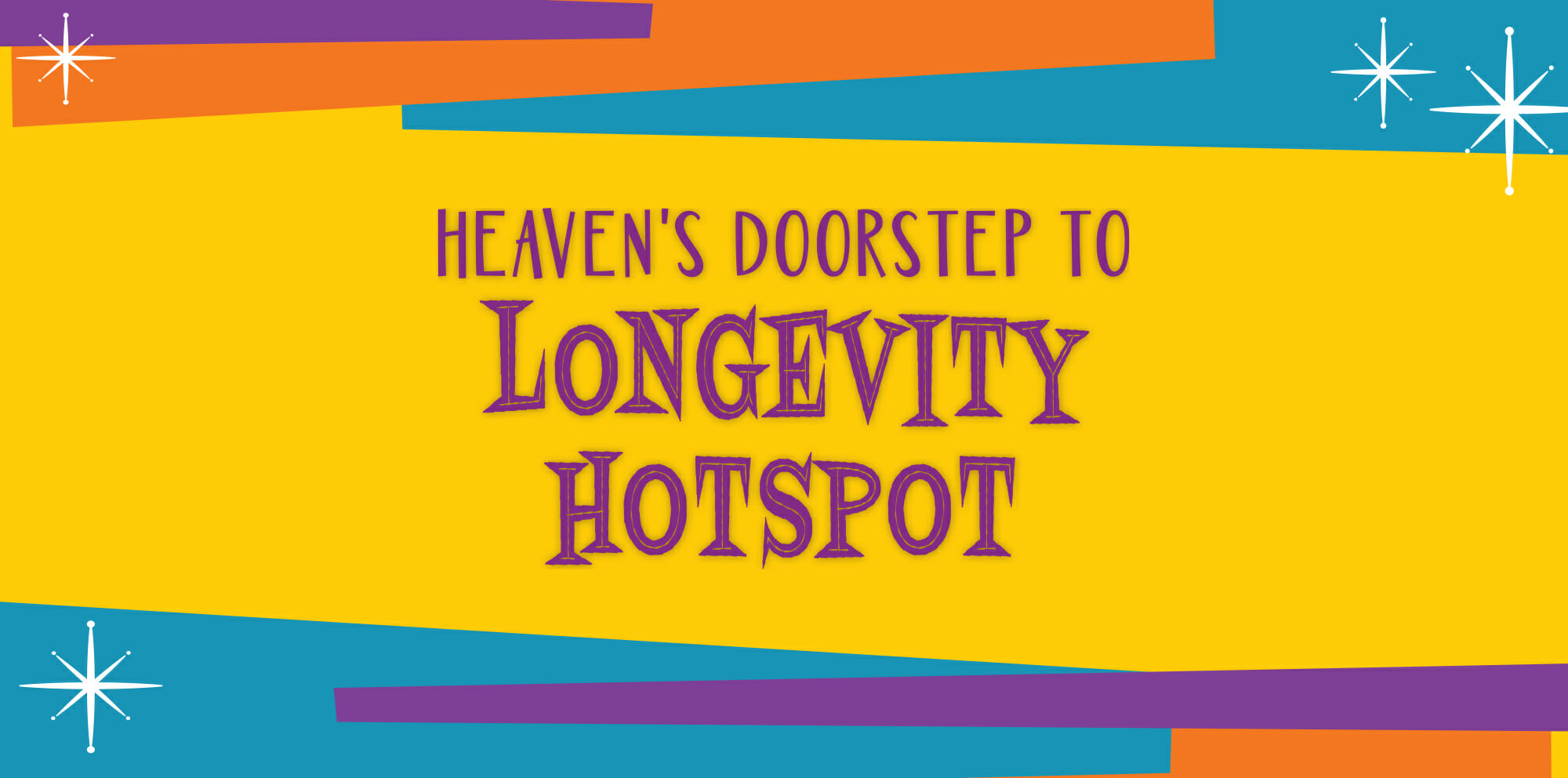




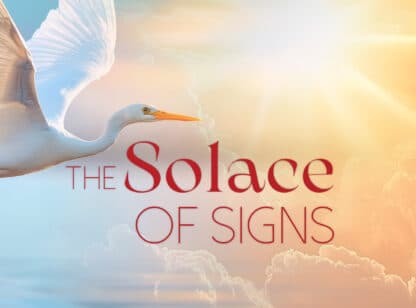
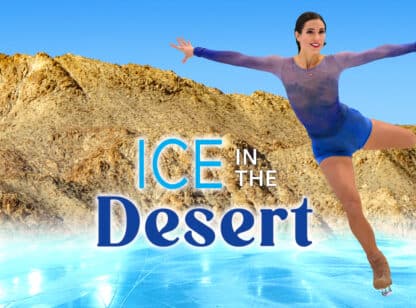
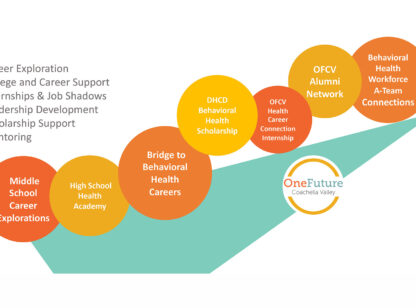
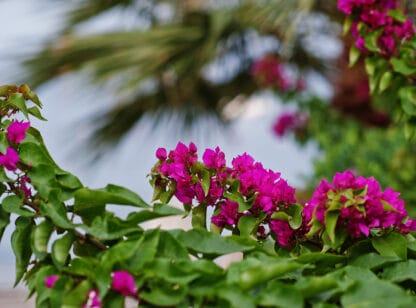


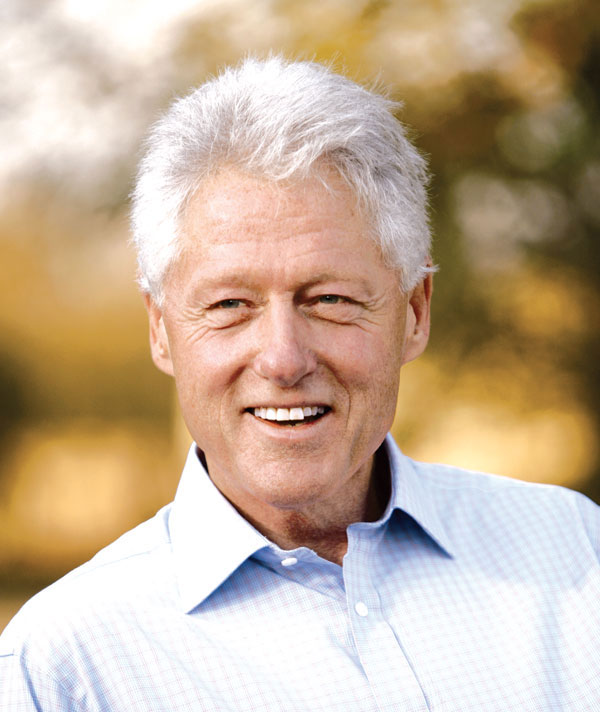





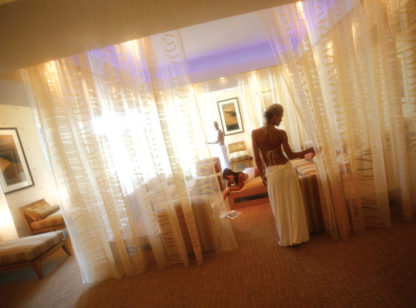
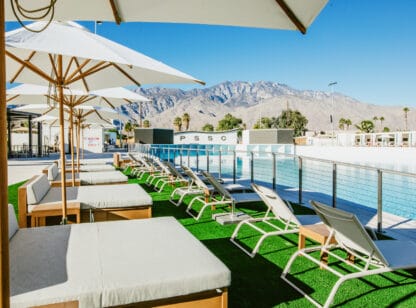
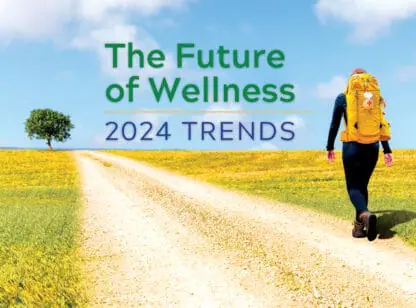

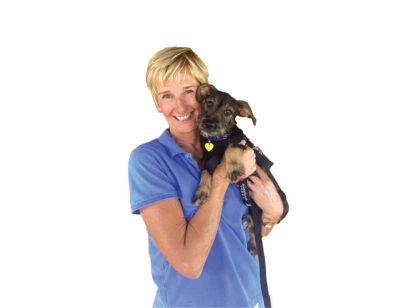
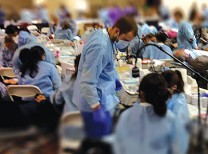




























Comments (0)